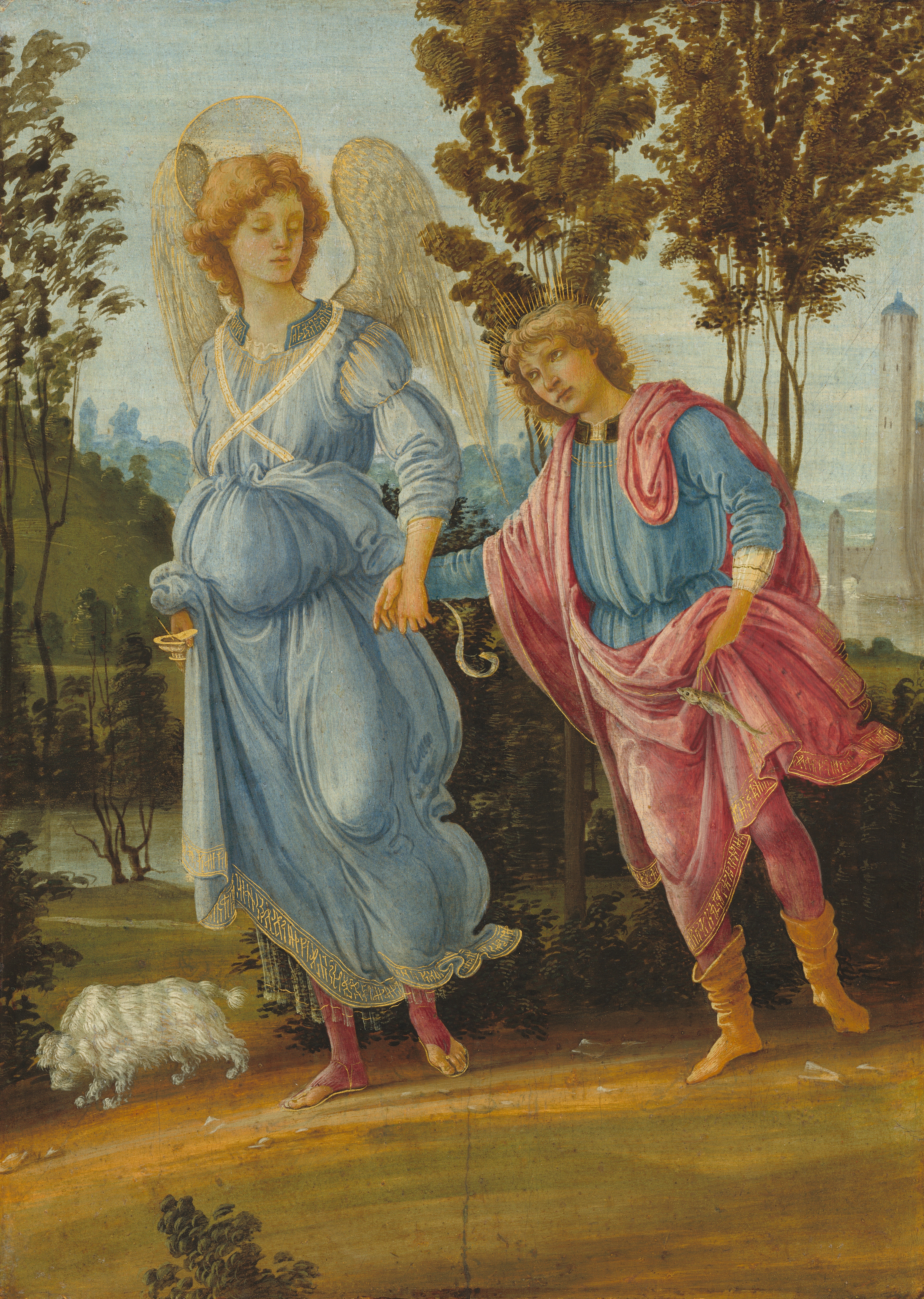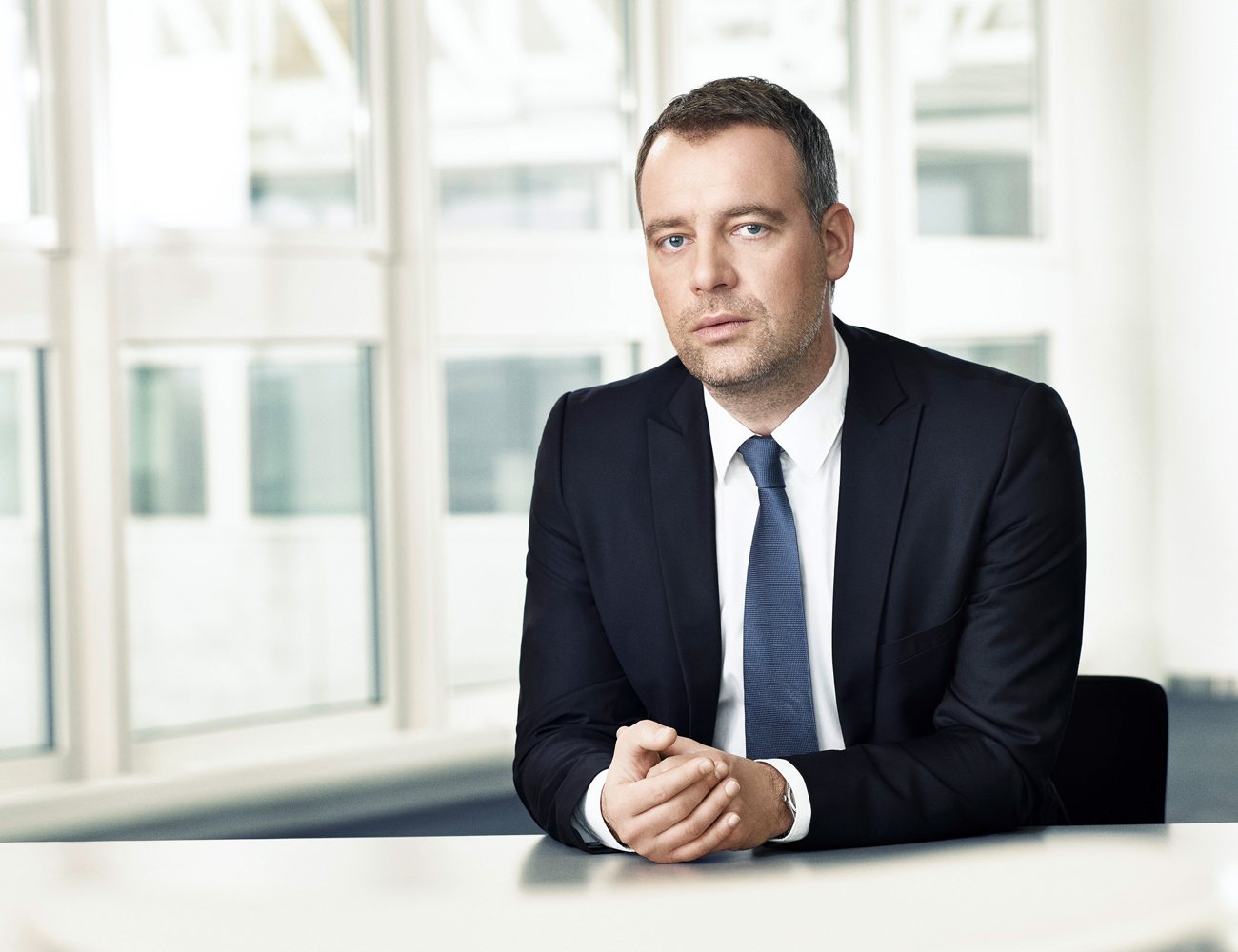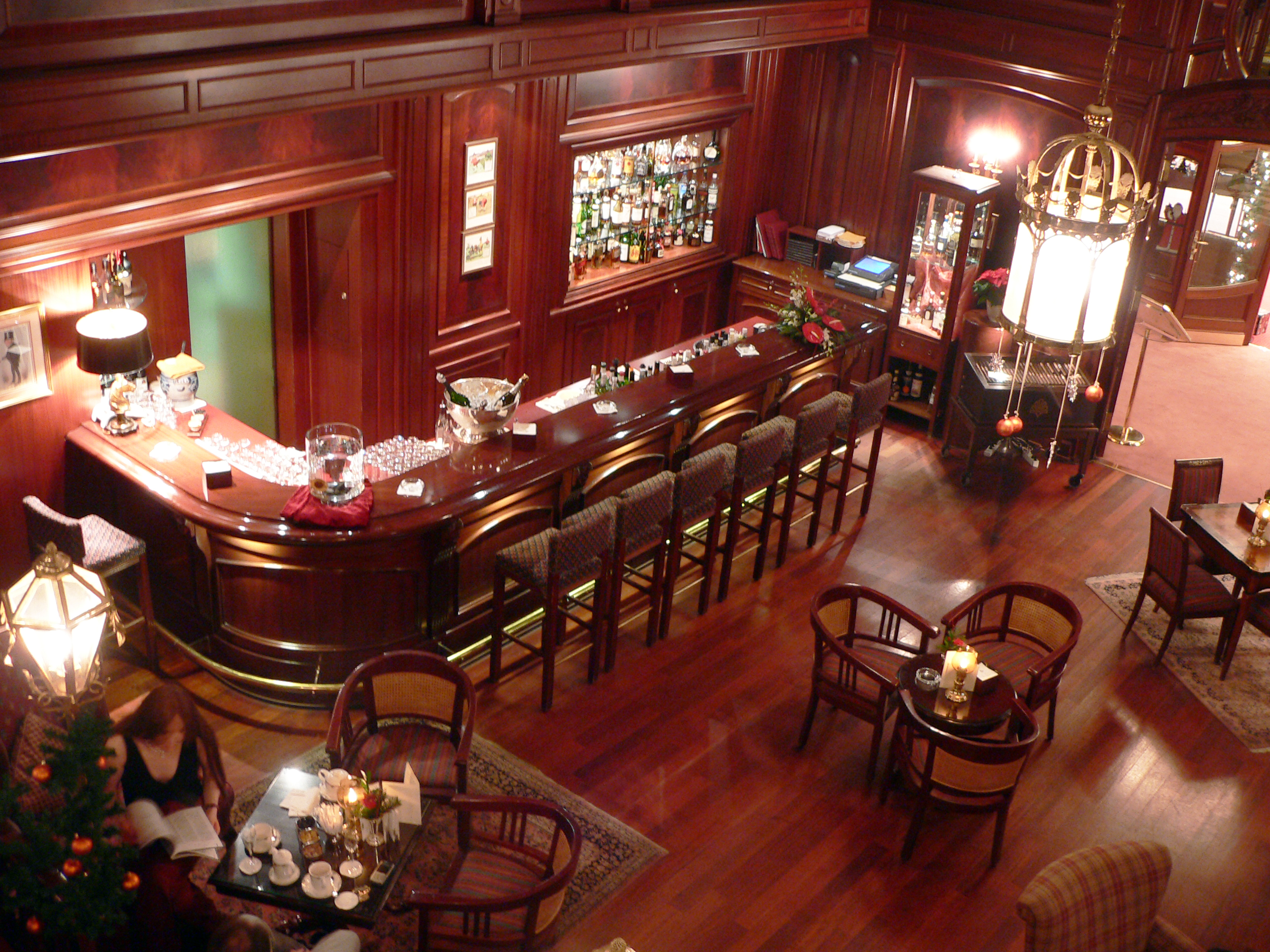|
Bar 25
Bar 25 (also as: ''Bar25'', short: ''Bar'') was a bar, open-air club and cultural venue on the banks of the Spree river in Berlin's Friedrichshain district. History During its operation from 2003 to 2010, Michael Sontheimer im Interview Bar 25 became known for its costume and confetti parties, as well as parties that lasted up to 48 hours. The venue played music genres such as techno or rock music. It closed its doors in September 2010 after a five-day non-stop party. On May 3, 2012, the documentary ''Bar25 – Tage außerhalb der Zeit'' premiered in German cinemas, documenting the history of Bar 25 and its founders from the very beginning. After the closure of Bar 25, the founders opened the club Kater Holzig on the other side of the Spree river in an old soap factory and afterwards the Kater Blau at the same location as Bar 25. Venue The area of the open-air club was separated from the street by a wooden fence. The club itself consisted of a wooden shed in the style of ... [...More Info...] [...Related Items...] OR: [Wikipedia] [Google] [Baidu] |
Friedrichshain
Friedrichshain () is a quarter (''Ortsteil'') of the borough of Friedrichshain-Kreuzberg in Berlin, Germany. From its creation in 1920 until 2001, it was a freestanding city borough. Formerly part of East Berlin, it is adjacent to Mitte, Prenzlauer Berg, Kreuzberg and Lichtenberg. Friedrichshain is named after the ''Volkspark Friedrichshain'', a vast green park at the northern border with Prenzlauer Berg. In the Nazi era, the borough was called '' Horst-Wessel-Stadt''. Friedrichshain is one of the trendy districts of Berlin and has experienced gentrification. Geography Friedrichshain is defined by the following roads and places, starting clock-wise in the west: Lichtenberger Straße, Mollstraße, Otto-Braun-Straße, Am Friedrichshain, Virchowstraße, Margarete-Sommer-Straße, Danziger Straße, Landsberger Allee, Hausburgstraße, Thaerstraße, Eldenaer Straße, S-Bahn-Trasse, Kynaststraße, Stralauer Halbinsel, Spree. History The largely working-class district was created in ... [...More Info...] [...Related Items...] OR: [Wikipedia] [Google] [Baidu] |
Rhein-Zeitung
The Rhein-Zeitung (''RZ'') is a regional German daily broadsheet newspaper published in Koblenz by Mittelrhein-Verlag GmbH and distributed across Rhineland-Palatinate Rhineland-Palatinate ( , ; german: link=no, Rheinland-Pfalz ; lb, Rheinland-Pfalz ; pfl, Rhoilond-Palz) is a western state of Germany. It covers and has about 4.05 million residents. It is the ninth largest and sixth most populous of the .... Notable people Editors References German-language newspapers Daily newspapers published in Germany German news websites Newspapers published in Germany {{Germany-newspaper-stub ... [...More Info...] [...Related Items...] OR: [Wikipedia] [Google] [Baidu] |
Berlin Wall
The Berlin Wall (german: Berliner Mauer, ) was a guarded concrete barrier that encircled West Berlin from 1961 to 1989, separating it from East Berlin and East Germany (GDR). Construction of the Berlin Wall was commenced by the government of the GDR on 13 August 1961. It included guard towers placed along large concrete walls, accompanied by a wide area (later known as the "death strip") that contained anti-vehicle trenches, beds of nails and other defenses. The Eastern Bloc portrayed the Wall as protecting its population from fascist elements conspiring to prevent the "will of the people" from building a socialist state in the GDR. The authorities officially referred to the Berlin Wall as the ''Anti-Fascist Protection Rampart'' (german: Antifaschistischer Schutzwall, ). The West Berlin city government sometimes referred to it as the "Wall of Shame", a term coined by mayor Willy Brandt in reference to the Wall's restriction on freedom of movement. Along with the separat ... [...More Info...] [...Related Items...] OR: [Wikipedia] [Google] [Baidu] |
Tobias Rapp
Tobias is the transliteration of the Greek which is a translation of the Hebrew biblical name he, טוֹבִיה, Toviyah, JahGod is good, label=none. With the biblical Book of Tobias being present in the Deuterocanon/Apocrypha of the Bible, Tobias is a popular male given name for both Christians and Jews in English-speaking countries, German-speaking countries, the Low Countries, and Scandinavian countries. In English-speaking countries, it is often shortened to Toby. In German, this name appears as Tobias or Tobi; in French as Tobie; and in Swedish as Tobias or Tobbe. Tobias has also been a surname. In other languages * Danish, Norwegian, German, Dutch, Swedish, Portuguese: Tobias * Amharic: ጦቢያ (T’obīya) * Catalan: Tobies * Czech: Tobiáš, Tobias * Croatian: Tobijaš * Finnish: Topias, Topi * French: Tobie * Greek: Τωβίας ''(Tobías)'' * Hebrew: Tovia, Tuvya * Hungarian: Tóbiás * Italian: Tobia (name) * Lithuanian: Tobijas * Polish: Tobiasz * Russia ... [...More Info...] [...Related Items...] OR: [Wikipedia] [Google] [Baidu] |
Bumper Cars
Bumper cars or dodgems are the generic names for a type of flat amusement ride consisting of multiple small electrically powered cars which draw power from the floor and/or ceiling, and which are turned on and off remotely by an operator. Bumper cars were not intended to be bumped, hence the original name "Dodgem." They are also known as bumping cars, dodging cars and dashing cars. The first patent for bumper cars was filed in 1921. Design The cars are commonly powered by one of three methods. The oldest and most common method, the Over Head System (OHS), uses a conductive floor and ceiling with opposing power polarities. Contacts under the vehicle touch the floor while a pole-mounted contact shoe touches the ceiling, forming a complete circuit. A newer method, the Floor Pick-Up (FPU) system, uses alternating strips of metal across the floor separated by insulating spacers, and no ceiling grid. The strips carry the supply current, and the cars are large enough so that the ve ... [...More Info...] [...Related Items...] OR: [Wikipedia] [Google] [Baidu] |
Western Saloon
A Western saloon is a kind of bar particular to the Old West. Saloons served customers such as fur trappers, cowboys, soldiers, lumberjacks, businessmen, lawmen, outlaws, miners, and gamblers. A saloon might also be known as a "watering trough, bughouse, shebang, cantina, grogshop, and gin mill". The first saloon was established at Brown's Hole, Wyoming, in 1822, to serve fur trappers. By 1880, the growth of saloons was in full swing. In Leavenworth, Kansas, there were "about 150 saloons and four wholesale liquor houses". Some saloons in the Old West were little more than casinos, brothels, and opium dens. History The word ''saloon'' originated as an alternative form of ''salon'', meaning "Meaning 'large hall in a public place for entertainment, etc.'" In the United States it evolved into its present meaning by 1841. Saloons in the U.S. began to have a close association with breweries in the early 1880s. With a growing overcapacity, breweries began to adopt the British "tied- ... [...More Info...] [...Related Items...] OR: [Wikipedia] [Google] [Baidu] |
Bar 25 Berlin Concert Folk Musicians
Bar or BAR may refer to: Food and drink * Bar (establishment), selling alcoholic beverages * Candy bar * Chocolate bar Science and technology * Bar (river morphology), a deposit of sediment * Bar (tropical cyclone), a layer of cloud * Bar (unit), a unit of pressure * BAR domain, a protein domain * Bar stock, of metal * Sandbar Computing * Bar (computer science), a placeholder * Base Address Register in PCI * Bar, a mobile phone form factor * Bar, a type of graphical control element Law * Bar (law), the legal profession * Bar association * Bar examination Media and entertainment * ''Bar'' (Croatian TV series) * Bar (Czech TV series) * Bar (dance), Turkey * Bar (music), a segment * Bar (Polish TV series) * Bar (Slovenian TV series) * ''Bay Area Reporter'', a newspaper * ''Biblical Archaeology Review'', a magazine Places * Bar (Martian crater) * Bar, Rutog County, Tibet, China * Bar (river), France * Bar, Corrèze, France, a commune * Bar-le-Duc, France, a commune former ... [...More Info...] [...Related Items...] OR: [Wikipedia] [Google] [Baidu] |
Focus Online
''Focus'' (styled as ''FOCUS'') is a German-language news magazine published by Hubert Burda Media. Established in 1993 as an alternative to the '' Der Spiegel'' weekly news magazine, since 2015 the editorial staff has been headquartered in Germany's capital of Berlin. Alongside Spiegel and Stern, Focus is one of the three most widely circulated German weeklies. The concept originated from Hubert Burda and Helmut Markwort, who went from being Editor-in-chief to become publisher in 2009 and since 2017 has been listed in the publication's masthead as founding editor-in-chief. As of March 2016 the editor-in-chief of ''Focus'' was Robert Schneider. History Under the code name "Zugmieze", work commenced on Focus in the summer of 1991. In October 1992, Hubert Burda Media announced plans for a new weekly news magazine. Observers initially gave the project only little chance for success. Several attempts of other publishers to establish a competitor to Spiegel and Stern magazines had ... [...More Info...] [...Related Items...] OR: [Wikipedia] [Google] [Baidu] |
Rock Music
Rock music is a broad genre of popular music that originated as " rock and roll" in the United States in the late 1940s and early 1950s, developing into a range of different styles in the mid-1960s and later, particularly in the United States and United Kingdom.W. E. Studwell and D. F. Lonergan, ''The Classic Rock and Roll Reader: Rock Music from its Beginnings to the mid-1970s'' (Abingdon: Routledge, 1999), p.xi It has its roots in 1940s and 1950s rock and roll, a style that drew directly from the blues and rhythm and blues genres of African-American music and from country music. Rock also drew strongly from a number of other genres such as electric blues and folk, and incorporated influences from jazz, classical, and other musical styles. For instrumentation, rock has centered on the electric guitar, usually as part of a rock group with electric bass guitar, drums, and one or more singers. Usually, rock is song-based music with a time signature using a verse–chorus form, ... [...More Info...] [...Related Items...] OR: [Wikipedia] [Google] [Baidu] |
Bar (establishment)
A bar, also known as a saloon, a tavern or tippling house, or sometimes as a pub or club, is a retail business establishment that serves alcoholic beverages, such as beer, wine, liquor, cocktails, and other beverages such as mineral water and soft drinks. Bars often also sell snack foods, such as crisps or peanuts, for consumption on their premises. Some types of bars, such as pubs, may also serve food from a restaurant menu. The term "bar" refers to the countertop where drinks are prepared and served, and by extension to the overall premises. The term derives from the metal or wooden bar (barrier) that is often located along the length of the "bar". Over many years, heights of bars were lowered, and high stools added, and the brass bar remains today. Bars provide stools or chairs that are placed at tables or counters for their patrons. Bars that offer entertainment or live music are often referred to as "music bars", "live venues", or "nightclubs". Types of bars ra ... [...More Info...] [...Related Items...] OR: [Wikipedia] [Google] [Baidu] |
Techno
Techno is a genre of electronic dance music (EDM) which is generally produced for use in a continuous DJ set, with tempo often varying between 120 and 150 beats per minute (bpm). The central rhythm is typically in common time (4/4) and often characterized by a repetitive four on the floor beat. Artists may use electronic instruments such as drum machines, sequencers, and synthesizers, as well as digital audio workstations. Drum machines from the 1980s such as Roland's TR-808 and TR-909 are highly prized, and software emulations of such retro instruments are popular. Much of the instrumentation in techno emphasizes the role of rhythm over other musical parameters. Techno tracks mainly progress over manipulation of timbral characteristics of synthesizer presets and, unlike forms of EDM that tend to be produced with synthesizer keyboards, techno does not always strictly adhere to the harmonic practice of Western music and such structures are often ignored in favor of timbr ... [...More Info...] [...Related Items...] OR: [Wikipedia] [Google] [Baidu] |








